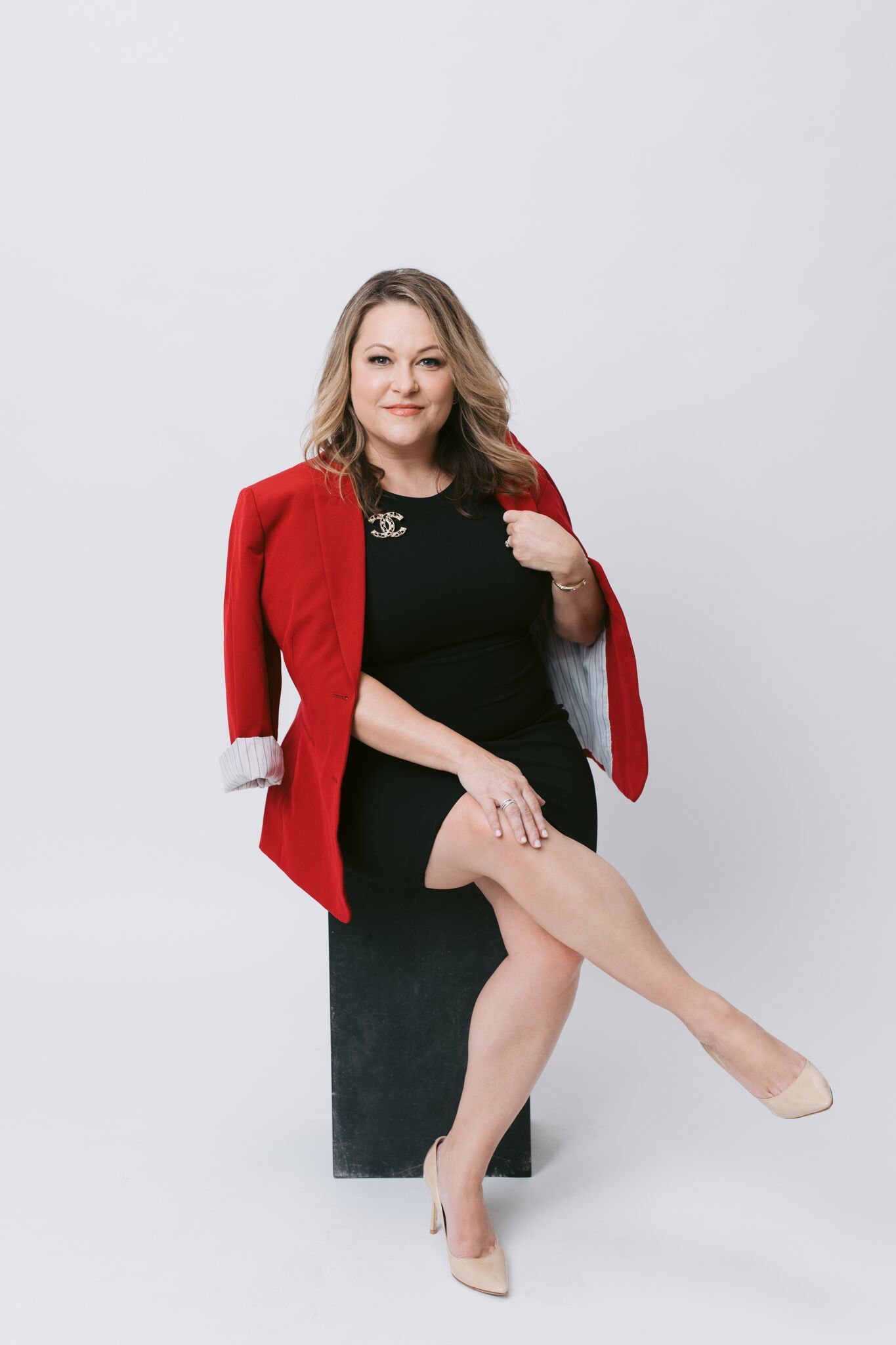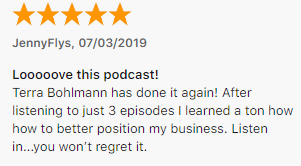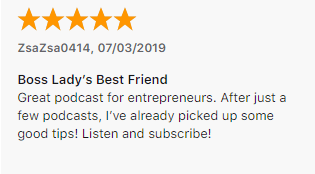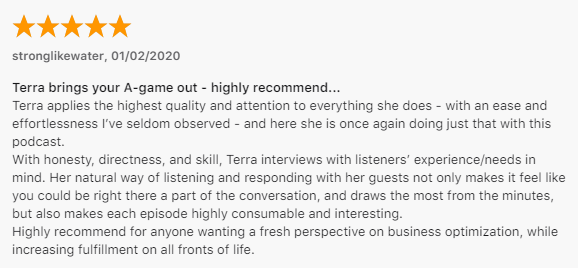The Fast-Track Woman Podcast: Episode #11
The Business Map Method™ Revealed with Terra Bohlmann
Click the Play Button + Listen Below.
Meet Podcast Host + Business Strategist, Terra Bohlmann.
Terra Bohlmann in a business strategist who helps female entrepreneurs accomplish in one year what would normally take five-years. As the creator of The Business Map Method™, she has crafted over a hundred custom business models for clients who have gone on to build six and seven-figure businesses.
Through her speaking, training, coaching, and live events production, she's impacted thousands of female entrepreneurs across the United States and Canada. Terra has been featured in publications and podcasts including Forbes, The Huffington Post, and The Sigrun Show. She's also the host of The Fast-Track Entrepreneur Podcast with Terra Bohlmann.
She lives in Houston, Texas with her husband, three boys, and spoiled rescue dog and cat. Terra's forthcoming book, The Fast-Track Entrepreneur: Create Your First Class Business with Clarity and Confidence, is due out in 2021.

About this Podcast Episode.

In this episode, podcast host and creator of The Business Map Method™, Terra Bohlmann, shares the 6 strategies that need to be in place to build your business the right way. By having your own Business Map™, you can fast-track your 5-year plan in less than a year.
Often times, many entrepreneurs Frankenstein their business together which causes stress and wastes money. Terra walks you through the six sequential steps that allow you to have a rock-solid business model so you have the clarity and confidence to build a business that makes you proud.
Resources, Tools, and Links Mentioned in this Episode.
- Apply for your complimentary Fast-Track Session with Terra HERE.
Read and Download the Transcript for this Episode.
Interact More with the Podcast.
Great Reviews Make My Heart Sing.



Much appreciation from one happy Podcast Host!
Are you subscribed to my podcast?
If you’re not, you should subscribe so you never miss an episode.
And...I invite you to take it a step further + leave a 5-Star review.
To give a review, click the image and select “Ratings and Reviews” and “Write a Review” on iTunes.
Share a takeaway what you learned and let other women entrepreneurs know why they should listen to the podcast.
Reviews help other women entrepreneurs find my podcast and I truly enjoy reading them.
It takes a community of like-minded women to help other like-minded women succeed.
(Oh, by the way, I love to do shout-outs on future episodes and you just may hear your name!)



